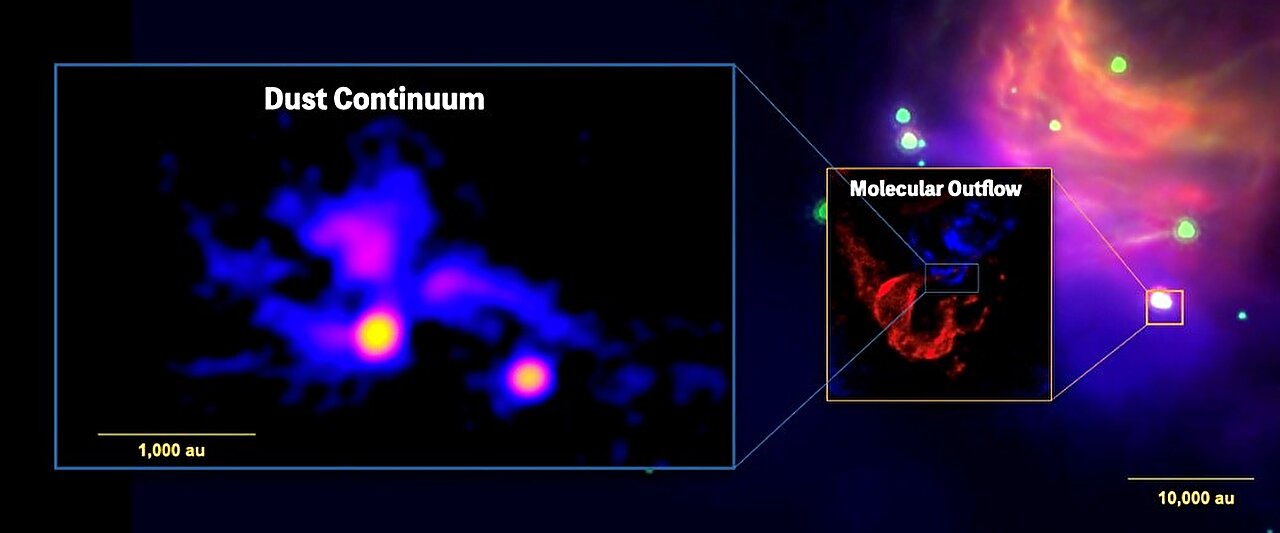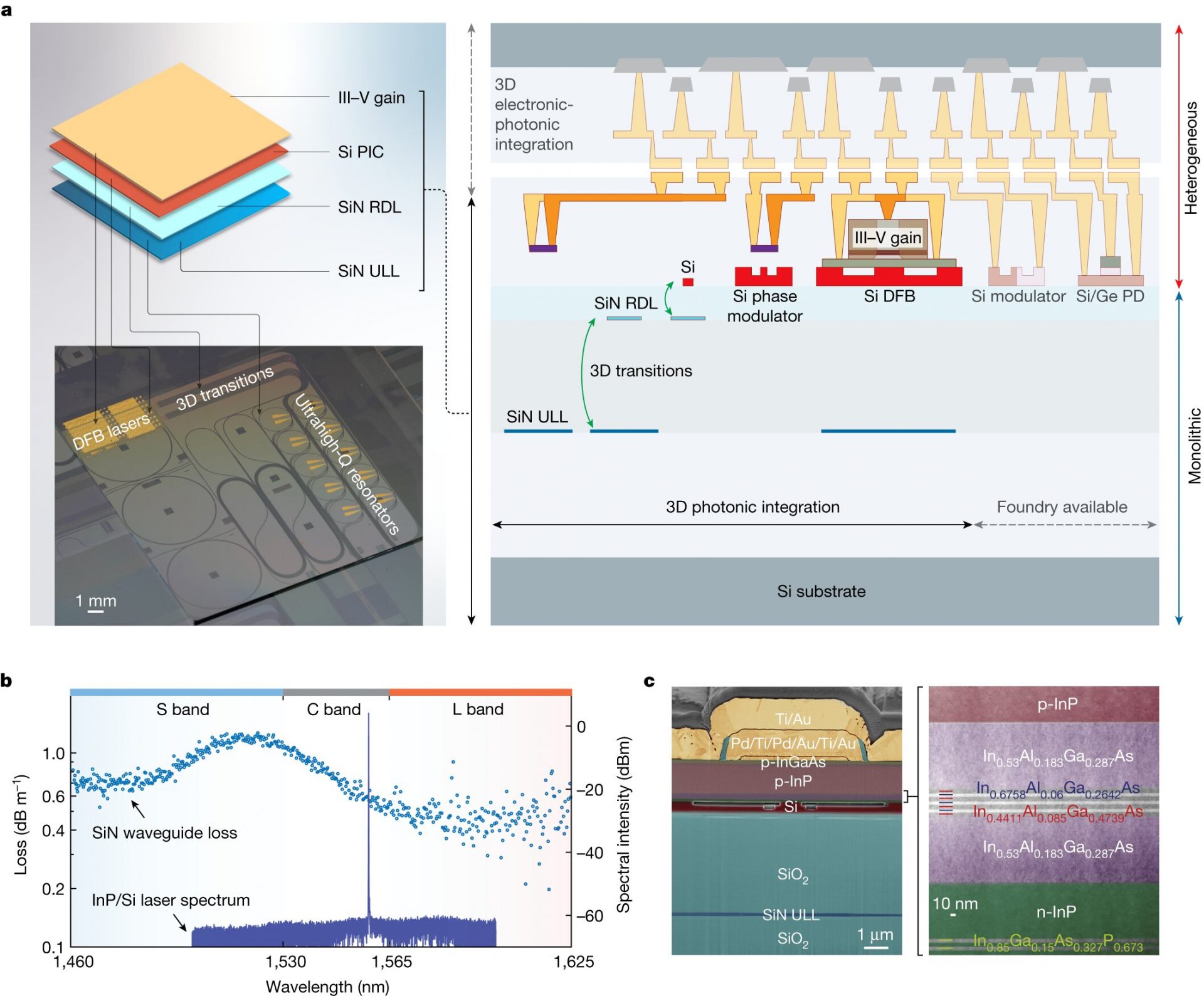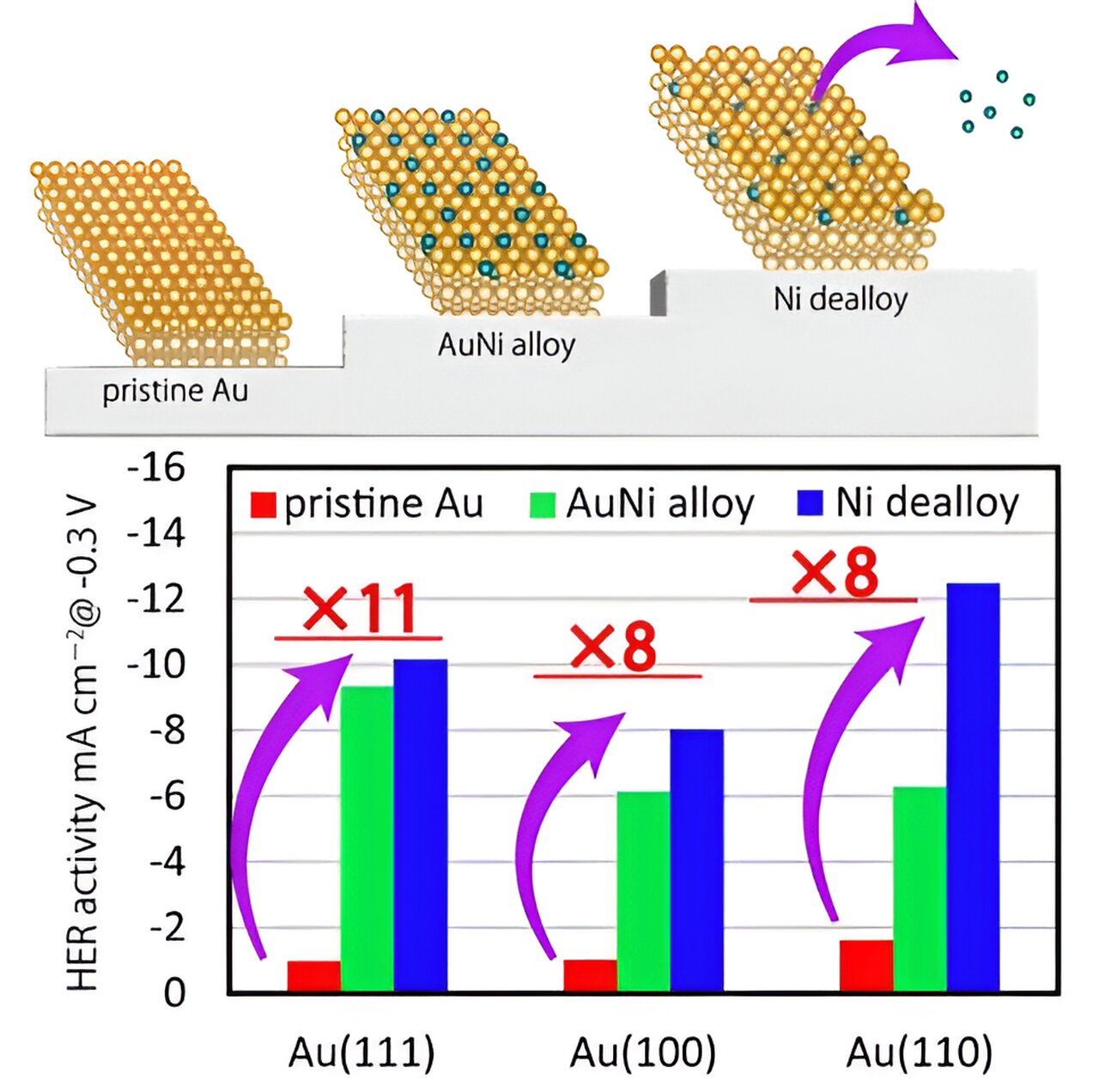Prepare to be amazed! The international team ALMA Survey of Orion Planck Galactic Cold Clumps (ALMASOP), led by the brilliant Prof. Liu Tie from Shanghai Astronomical Observatory (SHAO) of the Chinese Academy of Sciences, has made an incredible discovery. Using the powerful Atacama Large Millimeter/submillimeter Array (ALMA), they conducted a high-resolution investigation on 72 dense cores in the Orion Giant Molecular Clouds (GMCs) and found something truly extraordinary – a forming quadruple-star system within one core! But that’s not all, the ALMA observation also revealed ribbon-like dust structures and intricate molecular outflows. It’s like something out of a sci-fi movie!
Hold on, this is not the first time a quadruple-star system has been discovered. A previous study reported a widely separated quadruple-star system in its early stage. However, the quadruple-star system found in this new study, published in The Astrophysical Journal Letters, is even more fascinating. It exhibits greater compaction between its members and more complex star formation activities. This discovery provides us with a diverse perspective for understanding the formation of multiple-star systems.
Did you know that approximately half of the stars in our galaxy reside in systems with two or more stars? That’s mind-blowing! Understanding how multiple-star systems form is crucial for developing complete theories of star and planet formation. All stars are born in the densest gas region of the molecular cloud, known as the “dense core.” But here’s the catch – the formation of higher-order stellar systems with more than two star-members in dense cores has remained a mystery due to insufficient observations.
But fear not, the ALMASOP team is here to shed some light on this enigma. They conducted a high-resolution investigation on 72 young and cold cores in the Orion GMCs, using the Atacama Large Millimeter/submillimeter Array. By observing the thermal emission of dust at a wavelength of 1.3 mm, they made an astonishing discovery. Within the dense cold core G206.93-16.61E2, located 1,500 light-years from Earth within the Orion B GMC, they found a quadruple protostellar system. This system consists of four members – two protostars and two pre-stellar gas condensations that may also form low-mass stars in the future.
What’s truly remarkable is that the largest separation between the four members is only 1,000 astronomical units. That’s incredibly compact! According to Ph.D. Luo Qiuyi at SHAO, the first author of the study, this system is very likely to form a gravitationally bound quadruple star system in the future. But that’s not all, scientists also discovered ribbon-like elongated structures in the dust emissions, tightly binding the four members together and extending outward. It’s like they’re holding hands in space!
But what do these ribbon-like structures actually do? Well, scientists compared a similar quadruple system in a numerical simulation with the observational result and made an intriguing discovery. These extending continuum ribbons can act as conveying funnels, transporting gas materials from the outer envelope/core down to the protostars, and connecting the newborn member stars as gas bridges. It’s like a cosmic transportation system!
According to Prof. Liu, these ribbons can serve as large-scale accretion streamers, feeding the two gas condensations in the system and potentially leading to the formation of new stars. It’s like a celestial buffet! But that’s not all, the observations also revealed intricate gas outflows driven by the protostars in the system. It’s like they’re blowing cosmic bubbles!
However, there’s still much we don’t understand. The interactions between the gas outflows and the gas accretion processes of the system members remain a mystery. But this study has provided us with compelling evidence for the formation of a quadruple system. And the best part? Future exploration utilizing ALMA holds the promise of unveiling even more details and propelling our understanding of the journey of multiple-star system formation. The universe never ceases to amaze us!








